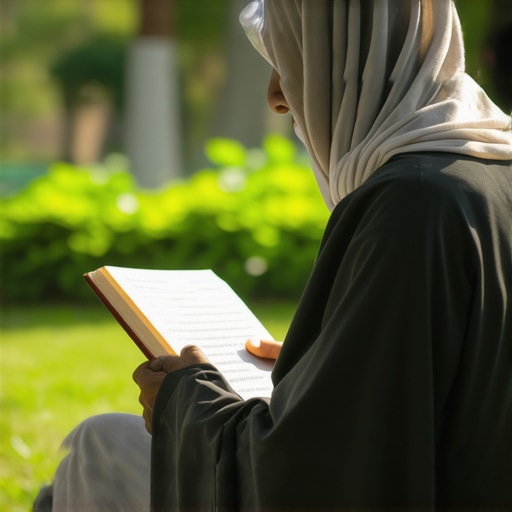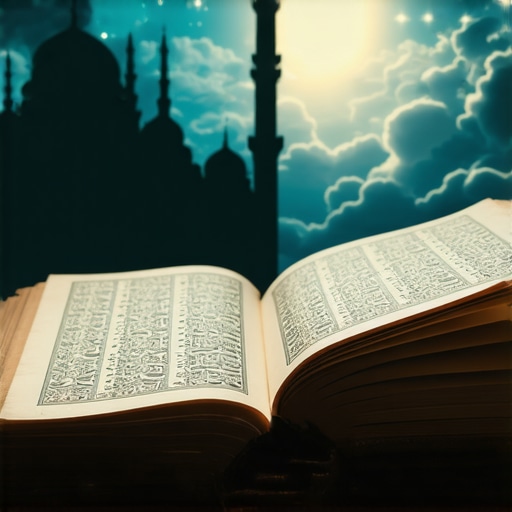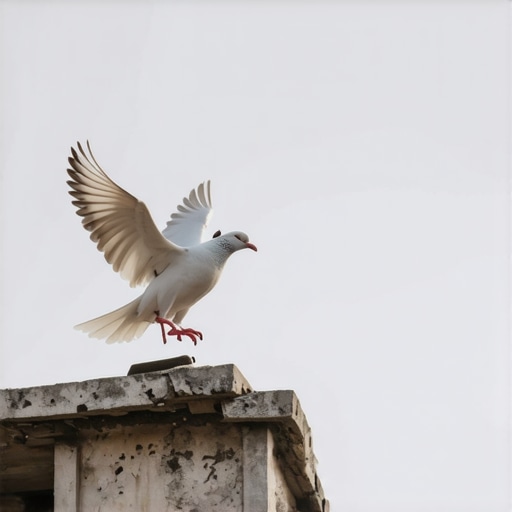Interpreting Confused Dreams from Stress in Islam: Sacred Signs & SolutionsInterpreting Confused Dreams from Stress in Islam: Sacred Signs & Solutions
My Personal Journey with Confused Dreams and Stress As someone who has faced stressful periods in life, I often experienced confusing dreams that left me puzzled and seeking answers. These




